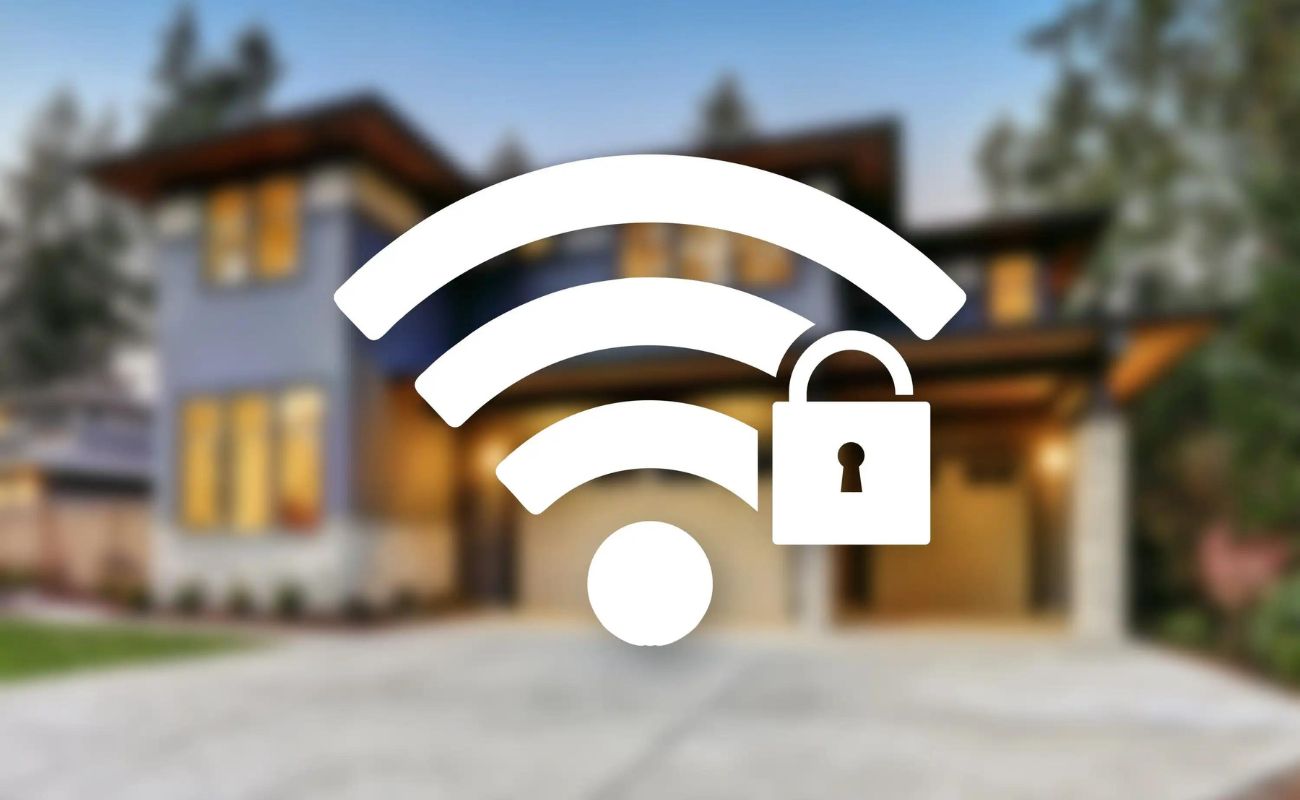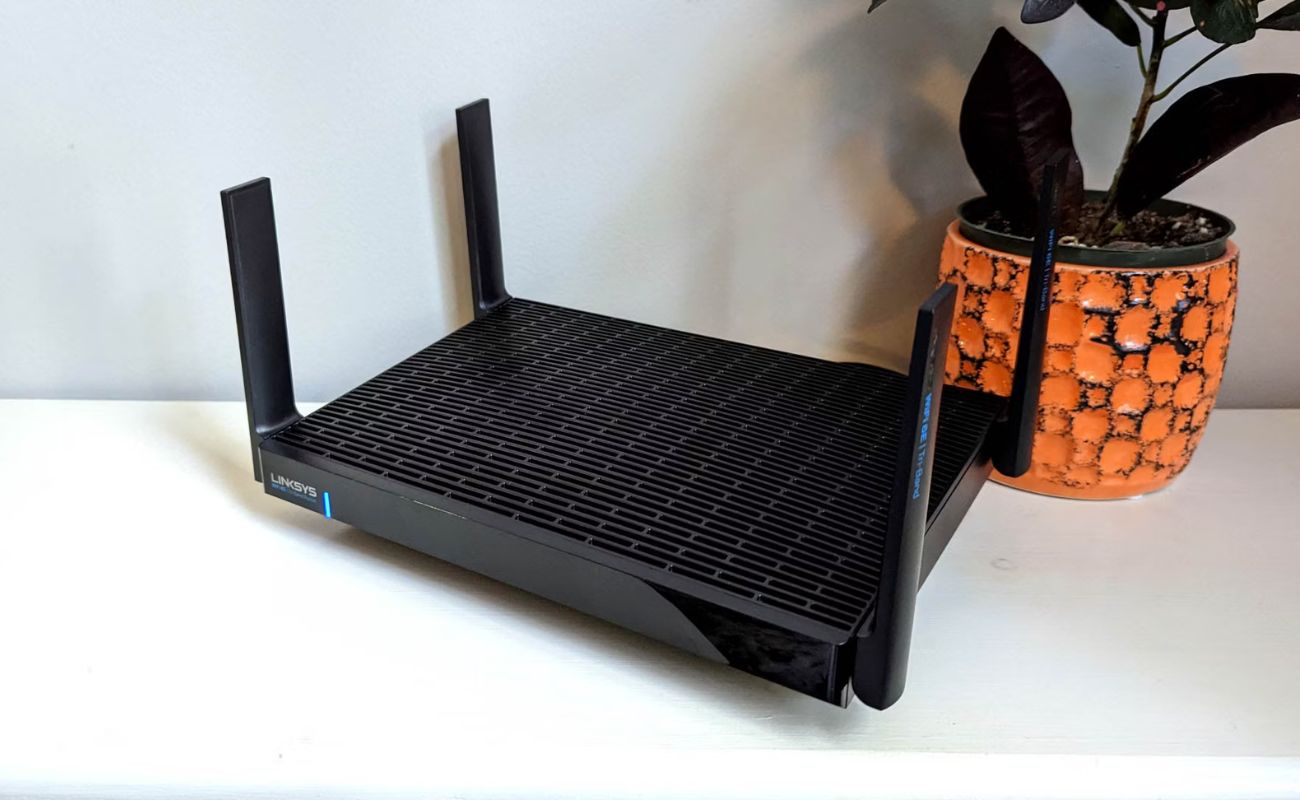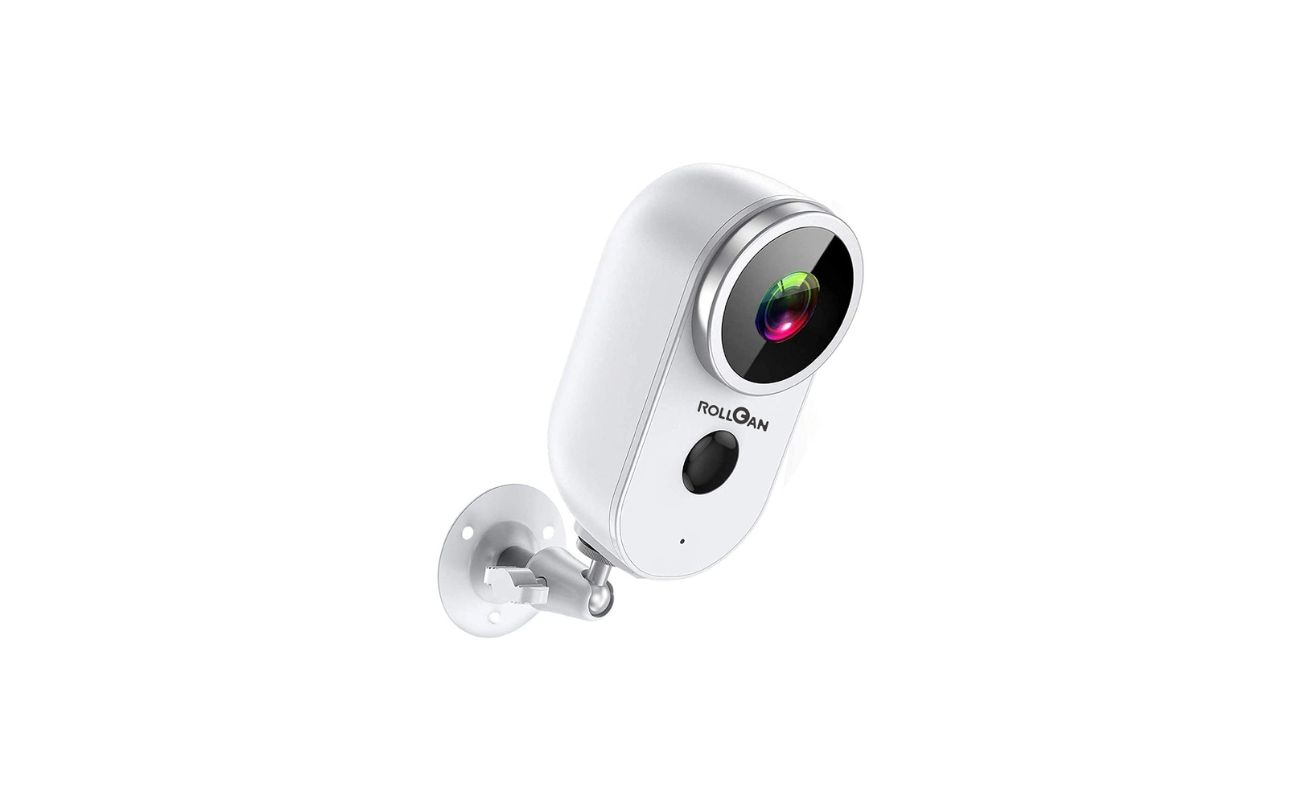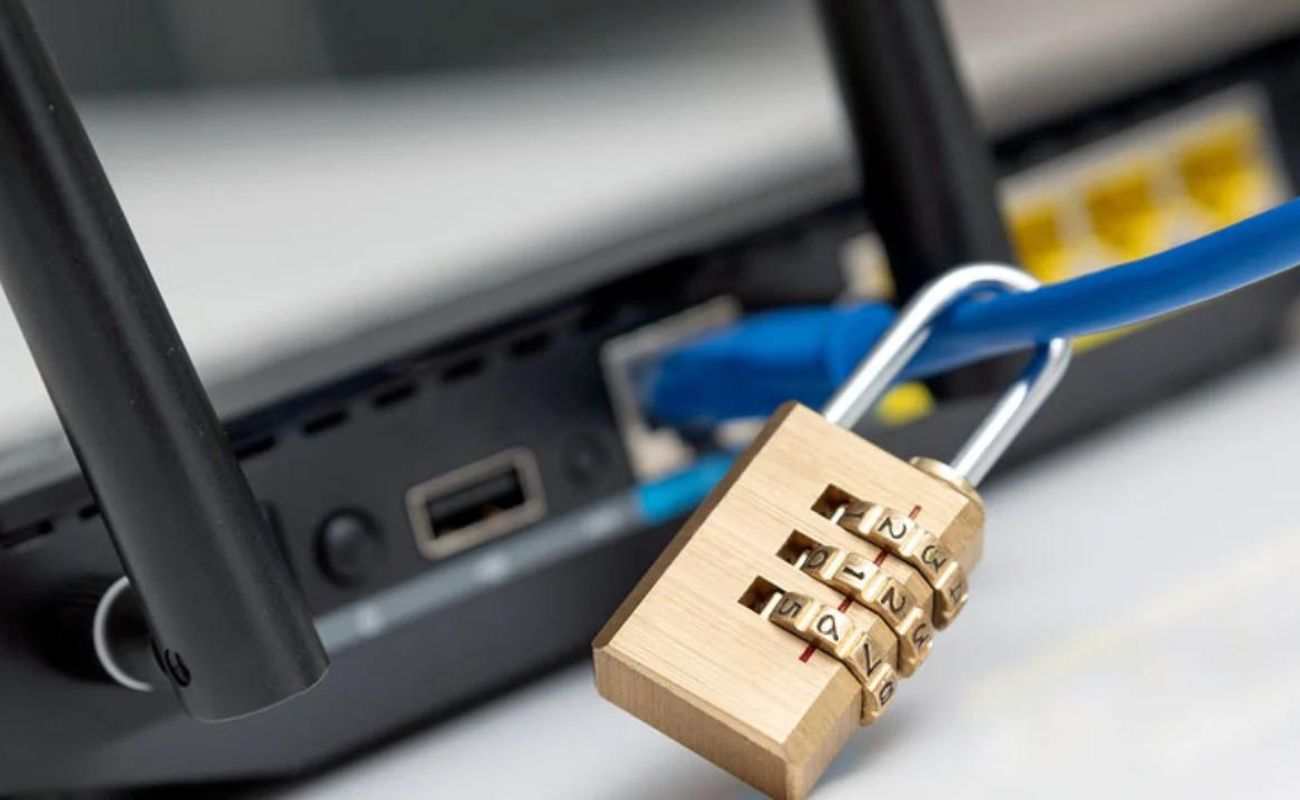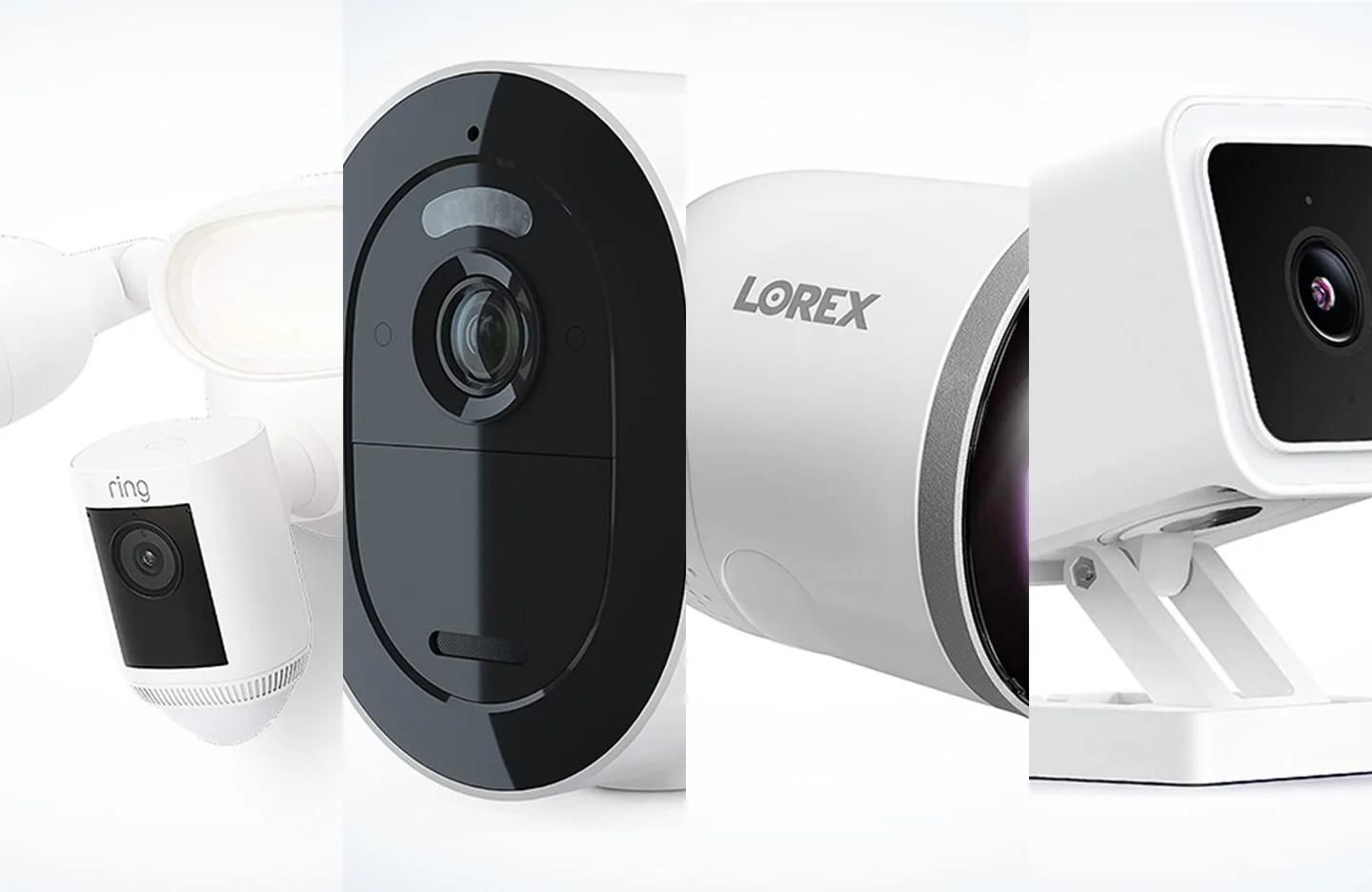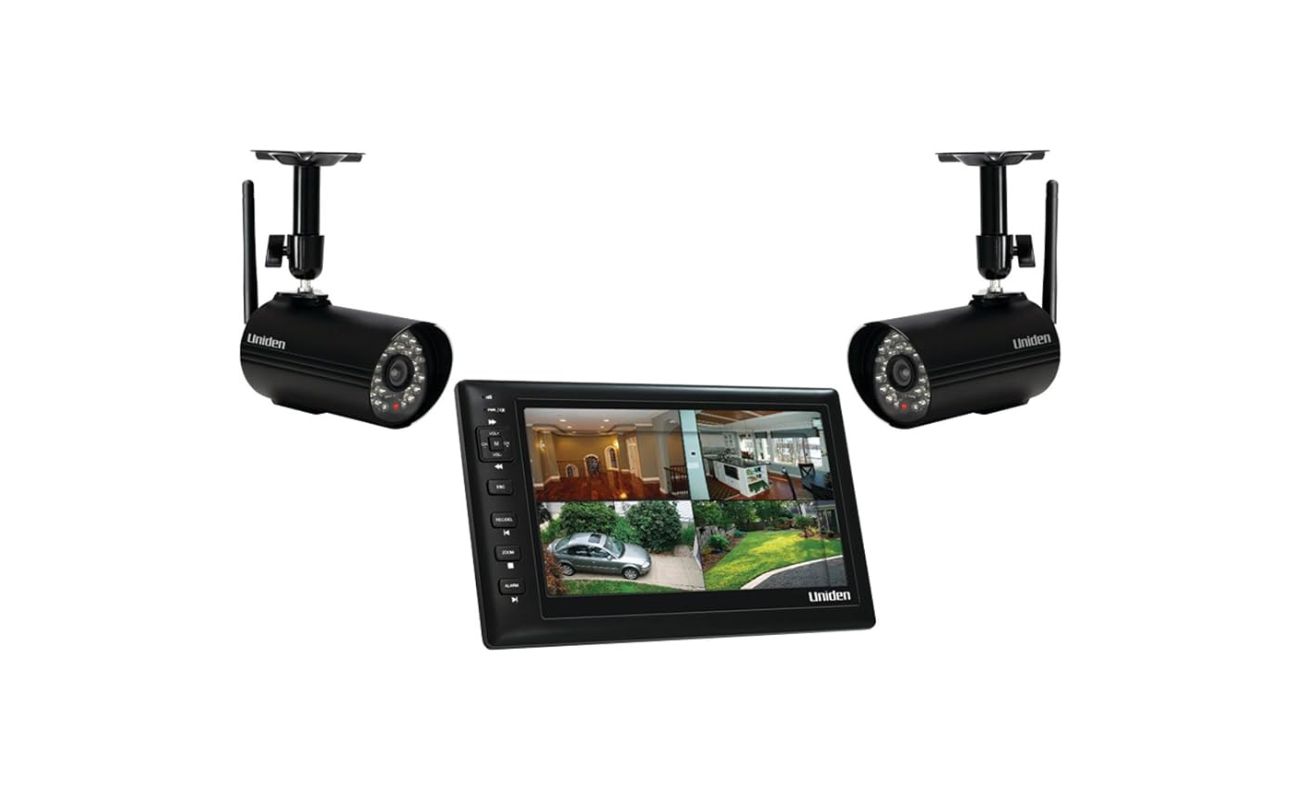Home>Home Security and Surveillance>What Are Some Current Wireless Security Issues?


Home Security and Surveillance
What Are Some Current Wireless Security Issues?
Modified: March 6, 2024
Discover the latest wireless security issues affecting home security and surveillance. Stay informed to protect your valuable assets with the right measures in place.
(Many of the links in this article redirect to a specific reviewed product. Your purchase of these products through affiliate links helps to generate commission for Storables.com, at no extra cost. Learn more)
Introduction
With the rise of smart homes and interconnected devices, home security and surveillance have become a vital concern for homeowners. While technology has made our lives more convenient, it has also introduced new challenges and vulnerabilities. Wireless security issues can leave your home vulnerable to hackers, unauthorized access, and privacy breaches. In this article, we will explore some of the current wireless security issues that you need to be aware of to protect your home and loved ones.
Wireless technology has revolutionized the way we connect to the internet and communicate with our devices, making our lives more convenient and efficient. However, it has also introduced new risks and vulnerabilities that were not as prevalent with traditional wired systems. From Wi-Fi eavesdropping to password vulnerabilities, understanding these security issues is key to safeguarding your home.
Key Takeaways:
- Protect your home network by using strong, unique passwords and enabling encryption protocols to prevent unauthorized access and safeguard personal data from potential wireless security threats.
- Stay vigilant and regularly update firmware on your home security devices to minimize the risk of security vulnerabilities, ensure optimal performance, and keep your home and loved ones protected.
Wi-Fi Eavesdropping
Wi-Fi eavesdropping is a significant wireless security issue that every homeowner should be aware of. With the increasing number of Wi-Fi enabled devices in our homes, hackers can exploit unsecured networks and intercept sensitive information.
When you connect your devices to a Wi-Fi network, your data is transmitted over the airwaves. If the network is not properly secured, hackers can intercept and capture this data. This includes passwords, credit card information, personal messages, and other sensitive data. They can use tools and techniques like packet sniffing to capture and analyze data packets, giving them access to your personal information.
To prevent Wi-Fi eavesdropping, it is crucial to secure your home network. Start by changing the default password on your Wi-Fi router and using a strong, unique password that is not easily guessable. You should also enable WPA2 encryption, which provides a higher level of security compared to older encryption protocols. Regularly update your router firmware to protect against known vulnerabilities.
In addition, consider using a virtual private network (VPN) when accessing the internet on public Wi-Fi networks. A VPN creates an encrypted tunnel between your device and the internet, preventing eavesdroppers from intercepting your data.
Keeping your wireless network secure not only protects your personal data but also ensures that your privacy is not compromised. Regularly monitor your network for any suspicious activity and take prompt action if you notice any unauthorized devices connected to your network.
Password Vulnerabilities
Password vulnerabilities are a significant concern when it comes to wireless security. Many homeowners unknowingly compromise the security of their home networks by using weak or easily guessable passwords.
Using common passwords such as “123456” or “password” is a huge risk, as hackers can easily crack them using brute force attacks or by exploiting common password patterns. Additionally, using the same password for multiple accounts or devices increases the chances of a security breach. If a hacker gains access to one account, they can potentially access all your connected devices and systems.
To improve password security, it is essential to follow best practices such as using complex passwords consisting of a combination of uppercase and lowercase letters, numbers, and special characters. It is also recommended to use at least 12 characters to make the password harder to crack.
Furthermore, using a password manager can help you generate strong and unique passwords for each account or device without the need to remember them all. A password manager securely stores and autofills login credentials, eliminating the hassle of memorizing multiple passwords.
Regularly updating passwords is another crucial step in mitigating password vulnerabilities. Set reminders to change passwords at least every three to six months, especially for high-risk accounts such as your home security system and Wi-Fi network.
Two-factor authentication (2FA) is another useful security feature that adds an extra layer of protection. With 2FA, you need to provide an additional verification, such as a fingerprint or a one-time code sent to your mobile device, to gain access to your accounts or devices.
By implementing strong and unique passwords, utilizing password managers, and enabling 2FA, you can significantly reduce the chances of falling victim to password vulnerabilities.
Unauthorized Access Points
One of the wireless security issues that homeowners should be aware of is the presence of unauthorized access points within their network. An unauthorized access point is a device connected to your network without your knowledge or permission, potentially allowing an attacker to gain access to your network and compromise the security of your home.
These unauthorized access points can take several forms. For example, it could be a neighbor’s Wi-Fi router that is not properly secured or an attacker’s rogue access point set up near your home. The presence of unauthorized access points poses a significant risk because it provides an entry point for attackers to exploit vulnerabilities in your network.
One way to mitigate unauthorized access points is to regularly scan your network for any unfamiliar or suspicious devices. Most modern routers offer features that allow you to view and manage connected devices. Check the list of connected devices and compare it against the devices you have authorized. If you notice any unknown devices, investigate further and take appropriate action, such as updating your network security settings or contacting your Internet service provider.
Another effective measure is to enable MAC address filtering on your router. Every network device has a unique MAC address, and by specifying the MAC addresses of your authorized devices, you can restrict access to your network only to those devices. This helps to prevent unauthorized devices from connecting to your network and reduces the risk of potential security breaches.
Additionally, it is crucial to secure your Wi-Fi network with a strong encryption protocol and a unique, complex password. This makes it more challenging for unauthorized individuals to gain access to your network, even if they are in close proximity to your home.
In summary, regularly monitoring your network for unfamiliar devices, implementing MAC address filtering, and securing your Wi-Fi network are effective steps in preventing unauthorized access points and protecting your home network from potential security threats.
Device Misconfigurations
Device misconfigurations are a common wireless security issue that can leave your home network vulnerable to attacks. Misconfigurations occur when settings on your devices are not properly set up or are left in default configurations, making them more susceptible to exploitation by hackers.
One of the most critical misconfigurations is leaving default administrative usernames and passwords unchanged on devices such as routers, cameras, and smart home hubs. Hackers are well aware of the default credentials for many devices and can easily gain unauthorized access if these defaults are not changed. Always ensure that you change the default login credentials to unique and strong usernames and passwords as soon as you set up a new device.
Another misconfiguration is leaving remote access enabled without implementing proper security measures. Remote access allows you to access your devices or systems from outside your home network, but it can also be an entry point for attackers if not properly secured. Disable remote access if you do not need it, or enable it only with strong authentication, such as through a VPN or with two-factor authentication.
Misconfigured firewall settings can also pose a risk to your home network’s security. Firewalls act as a barrier between your network and the outside world, protecting against unauthorized access and controlling incoming and outgoing network traffic. Make sure your firewall settings are properly configured to block potentially harmful traffic and allow only trusted connections.
Furthermore, keeping your devices firmware up to date is crucial for security. Manufacturers often release firmware updates that address security vulnerabilities. Regularly check for and install firmware updates provided by the device manufacturer, as they often include important security patches.
Educating yourself on how to properly configure and secure your devices is essential. Take the time to read the user manuals, online documentation, and support forums to ensure you are implementing the correct security settings.
By addressing device misconfigurations, you can significantly reduce the risk of unauthorized access and enhance the overall security of your home network and devices.
Read more: What Is Wireless Security?
Man-in-the-Middle Attacks
Man-in-the-middle (MITM) attacks are a serious wireless security concern that can compromise the integrity of your home network and expose sensitive information. In a MITM attack, an attacker intercepts and relays communication between two parties, secretly monitoring and potentially altering the transmitted data.
MITM attacks can be carried out in various ways, but one common method is by exploiting the security vulnerabilities in Wi-Fi networks. Attackers can set up rogue Wi-Fi access points with names similar to legitimate networks, tricking users into connecting to them. Once connected, the attacker can intercept and manipulate the communication between the user’s device and the legitimate network.
To protect against MITM attacks, it is vital to ensure that you are connecting to legitimate and secure networks. Only connect to Wi-Fi networks that you trust and verify the network’s name with the owner or administrator if you are unsure. Avoid connecting to public Wi-Fi networks without proper security measures in place, as they are prime targets for MITM attacks.
Using encryption protocols, such as WPA2, adds an additional layer of protection against MITM attacks. Encryption ensures that the data transmitted over the network is only accessible by authorized parties, making it more difficult for attackers to intercept and manipulate the communication.
Another way to prevent MITM attacks is to use secure websites that employ HTTPS (Hypertext Transfer Protocol Secure) encryption. When accessing websites and providing sensitive information, make sure the URL begins with “https://” instead of “http://”. HTTPS encrypts the communication between your device and the website, preventing attackers from intercepting any transmitted data.
Additionally, regularly updating your devices and applications is crucial to protect against known security vulnerabilities that can be exploited in MITM attacks. Manufacturers and developers often release security patches and updates to address these vulnerabilities.
While MITM attacks can be challenging to detect, monitoring your network for any suspicious activities or unfamiliar devices can provide early indications of such attacks. Pay attention to unexpected performance issues, sudden changes in network behavior, or reports of unauthorized access from connected devices.
By being cautious when connecting to Wi-Fi networks, using encryption protocols, utilizing secure websites, and keeping your devices updated, you can significantly reduce the risk of falling victim to MITM attacks and protect the integrity of your home network.
Regularly update your wireless router’s firmware to ensure it has the latest security patches. This can help protect against potential vulnerabilities and keep your network secure.
Denial of Service (DoS)
Denial of Service (DoS) attacks is a significant wireless security issue that can disrupt the normal operation of your home network and connected devices. In a DoS attack, the attacker overwhelms your network or specific devices with a flood of traffic or requests, rendering them unable to respond to legitimate traffic or function properly.
A DoS attack can be launched in various ways, including sending a massive amount of network traffic, flooding a device with connection requests, or exploiting vulnerabilities in network protocols. The goal of a DoS attack is to exhaust the network’s resources, bandwidth, or processing power to the point where legitimate users are unable to access the network or the targeted device.
Preventing and mitigating DoS attacks requires a proactive approach. Here are some steps you can take to protect your home network:
- Implement network firewalls and filters: Firewalls act as a barrier between your network and potential attackers. They can help detect and block malicious traffic associated with DoS attacks. Additionally, network filters can identify suspicious patterns and limit the impact of an attack.
- Bandwidth management: Implementing bandwidth management techniques and Quality of Service (QoS) settings can help prioritize network traffic and allocate resources effectively. This can help prevent an overwhelming surge of traffic during a DoS attack.
- Update firmware: Regularly updating the firmware on your devices, especially routers and network equipment, is crucial. Manufacturers often release updates that address known vulnerabilities that attackers may exploit to launch DoS attacks.
- Network monitoring: Utilize network monitoring tools to detect any abnormal traffic patterns or sudden spikes in usage. Early detection allows for quicker response and mitigation of DoS attacks.
- Distributed Denial of Service (DDoS) protection: DDoS attacks are a more sophisticated form of DoS attacks that involve a large number of attackers or devices. Consider investing in a DDoS protection service that can help detect and mitigate such attacks effectively.
By implementing these preventive measures, you can reduce the risk of falling victim to DoS attacks and ensure the availability and performance of your home network and connected devices.
Bluetooth Security Concerns
Bluetooth technology has become an integral part of our everyday lives, connecting devices wirelessly and providing convenience and seamless communication. However, it also introduces some security concerns that homeowners need to be aware of.
One of the main Bluetooth security concerns is the potential for unauthorized access to your devices. Bluetooth devices, such as smartphones, speakers, and smart home devices, can be vulnerable to attacks if not properly secured. Attackers can exploit Bluetooth vulnerabilities to gain unauthorized access to your devices, steal personal information, or even take control of your devices.
To protect against Bluetooth security threats, it is essential to follow these best practices:
- Keep devices updated: Manufacturers regularly release firmware updates that address security vulnerabilities. Ensure that your devices are running the latest firmware to protect against known Bluetooth vulnerabilities.
- Disable discoverability: By default, Bluetooth devices are discoverable to nearby devices. Disable the discoverable mode when not needed to prevent unauthorized devices from seeing and attempting to connect to your devices.
- Use strong and unique PINs/passwords: When pairing Bluetooth devices, use strong and unique PINs or passwords. Avoid using easily guessable combinations, such as “0000” or “1234”. The stronger the PIN or password, the more difficult it is for attackers to gain unauthorized access.
- Limit device pairing: Only pair your devices with trusted and known devices. Avoid pairing your devices with unknown or public devices, as they can be potential sources of security threats.
- Monitor for unauthorized connections: Regularly check the list of paired devices on your Bluetooth-enabled devices. If you notice any unfamiliar devices, remove them immediately to prevent unauthorized access.
It is also worth noting that newer Bluetooth versions, such as Bluetooth 4.2 and Bluetooth 5, have implemented security enhancements to address some of the earlier vulnerabilities. Consider using devices that support these newer Bluetooth versions for added security.
By following these security practices and staying vigilant about Bluetooth security concerns, you can minimize the risk of unauthorized access and protect your home network and connected devices.
Near Field Communication (NFC) Vulnerabilities
Near Field Communication (NFC) is a wireless technology that allows devices to communicate and transfer data over short distances. NFC is commonly used for contactless payments, sharing files, and connecting devices with a simple tap. While NFC offers convenience, it also presents some vulnerabilities that homeowners should be aware of.
One potential NFC vulnerability is unauthorized data interception and manipulation. NFC operates at close proximity, typically within a few centimeters, which means that an attacker in close proximity could potentially intercept and manipulate the data being exchanged between NFC-enabled devices. This could lead to financial fraud, data theft, or unauthorized access to your devices or systems.
To protect against NFC vulnerabilities, here are some steps you can take:
- Disable NFC when not in use: When you are not actively using NFC features, it is advisable to disable the NFC function on your devices. By turning off NFC, you minimize the chances of unauthorized access or data interception.
- Only enable NFC when necessary: If you need to use NFC for a specific purpose, such as making a contactless payment or sharing files, only enable the NFC function temporarily and securely. Disable it as soon as you’re done to prevent potential vulnerability.
- Be cautious with NFC-enabled devices: Be mindful of who you allow to use your NFC-enabled devices or who you exchange data with via NFC. Avoid connecting with or accepting data from unknown or untrusted sources.
- Keep devices updated: Regularly update the firmware and operating system of your NFC-enabled devices. Manufacturers often release security patches and updates that address known vulnerabilities.
- Investigate NFC-enabled products: Before using or purchasing NFC-enabled products, such as payment cards or devices, research their security features and reputation. Choose products from trusted manufacturers and vendors.
It’s worth noting that the risk of NFC vulnerabilities is relatively low due to the short-range nature of NFC communication. However, it is still essential to be aware of the potential risks and take necessary precautions to protect yourself and your devices.
By following these best practices and being mindful of NFC vulnerabilities, you can use NFC technology safely while avoiding potential security risks.
Read more: What Is The Wireless Security Passphrase
Lack of Firmware Updates
A lack of firmware updates can expose your home security and surveillance devices to significant vulnerabilities. Firmware is the software embedded in devices that controls their operation and functionality. Manufacturers often release firmware updates to fix bugs, address security vulnerabilities, and improve device performance. Failing to update firmware regularly can leave your devices susceptible to attacks and compromise the overall security of your home.
One primary concern of not updating firmware is the persistence of known vulnerabilities. Hackers actively search for security flaws in popular devices, and manufacturers continually work to patch these vulnerabilities. By not updating firmware, your devices remain exposed to potential exploits that attackers can leverage to gain unauthorized access, compromise your privacy, or take control of your devices.
Regular firmware updates also ensure compatibility with the latest security protocols and encryption standards. As technology advances, new security measures are developed to address emerging threats. By keeping your devices up to date, you ensure that they integrate with the latest security protocols, providing an additional layer of defense against potential attacks.
To ensure the security and optimal performance of your home security and surveillance devices, follow these best practices:
- Stay informed: Stay abreast of firmware updates from your device manufacturers. Subscribe to their mailing lists or follow their official websites and social media profiles to receive notifications about the latest firmware releases.
- Check for updates regularly: Periodically check for firmware updates manually, even if you have automatic update settings enabled. Some devices may not have automatic update capabilities or may require manual intervention to initiate the update process.
- Follow manufacturer instructions: Follow the manufacturer’s instructions to apply firmware updates correctly. This may involve connecting the device to a computer, accessing a web-based update portal, or using a dedicated mobile app provided by the manufacturer.
- Backup your settings: Before applying any firmware update, make sure to back up your device settings, configurations, or recordings if applicable. This ensures that you can restore your device to its previous state if any issues arise during the update process.
- Test after updates: After applying firmware updates, test the functionality and performance of your devices to ensure they are working as expected. Report any unusual behavior or glitches to the manufacturer’s support team.
By regularly updating firmware on your home security and surveillance devices, you can minimize the risk of security vulnerabilities, ensure optimal performance, and keep your home and loved ones protected.
Conclusion
Home security and surveillance have become crucial considerations in the age of interconnected devices and smart homes. However, it is important to be aware of the various wireless security issues that can compromise the safety of your home and loved ones. By understanding and addressing these concerns, you can create a secure environment for your home security and surveillance systems.
From Wi-Fi eavesdropping to password vulnerabilities, unauthorized access points, device misconfigurations, man-in-the-middle attacks, DoS attacks, Bluetooth security concerns, NFC vulnerabilities, and the lack of firmware updates, homeowners need to stay informed and take proactive measures to protect their networks and devices.
Securing your wireless network through strong, unique passwords, enabling encryption protocols, and regularly updating firmware are essential steps in preventing unauthorized access and mitigating potential risks. Additionally, being vigilant about device misconfigurations, monitoring for unusual network activities, and being cautious about the use of NFC and Bluetooth can help safeguard your personal data and prevent unauthorized intrusion.
Remember, wireless security is an ongoing process that requires your active involvement and commitment. Stay informed about the latest security practices and updates from device manufacturers. Regularly review and update your security settings, and be proactive in implementing measures to protect your home network and surveillance systems.
By understanding the potential wireless security issues and taking the necessary precautions, you can ensure the safety and privacy of your home, providing peace of mind for you and your loved ones.
Frequently Asked Questions about What Are Some Current Wireless Security Issues?
Was this page helpful?
At Storables.com, we guarantee accurate and reliable information. Our content, validated by Expert Board Contributors, is crafted following stringent Editorial Policies. We're committed to providing you with well-researched, expert-backed insights for all your informational needs.
